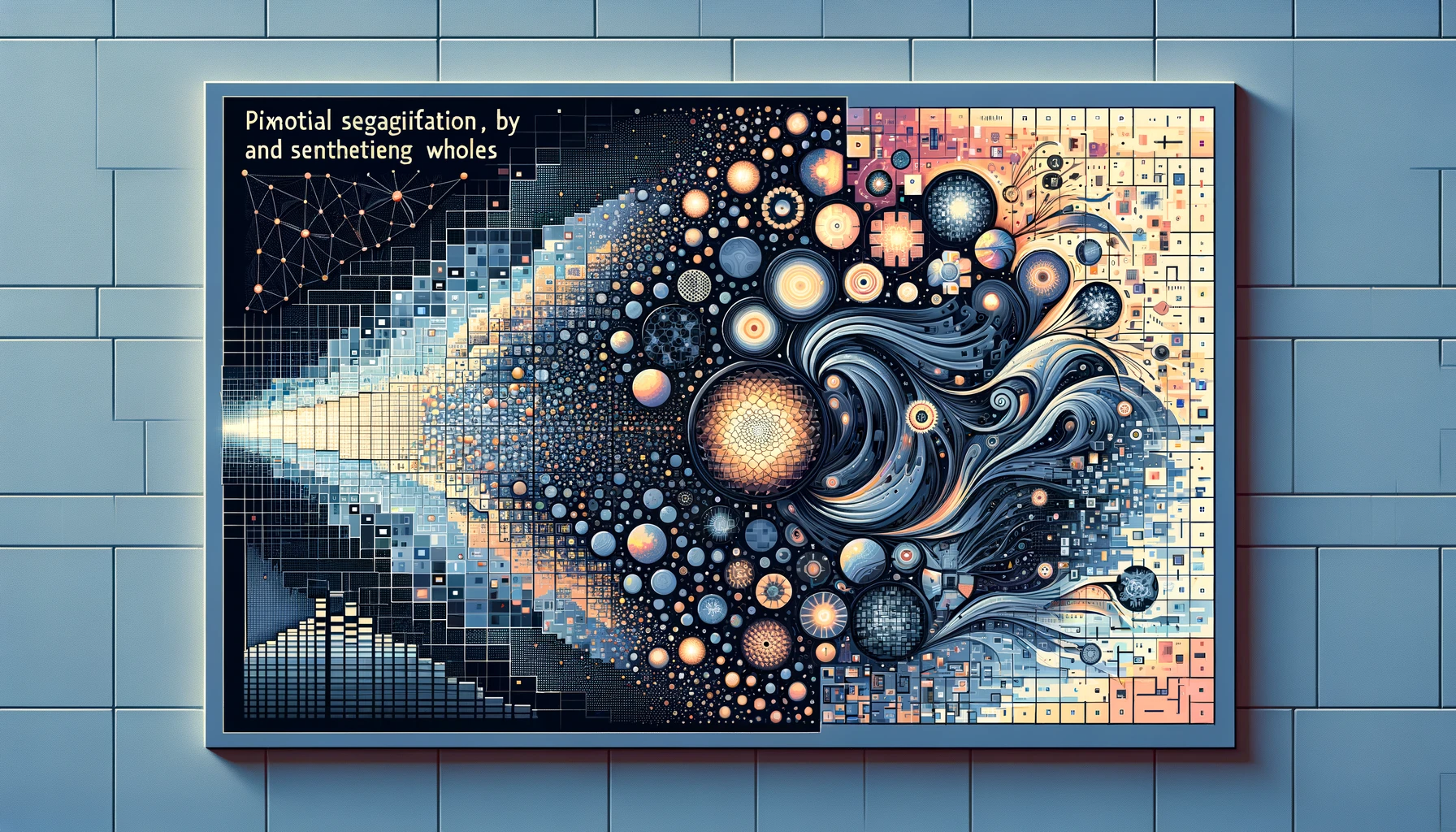Key Points
1. The paper introduces "pix2gestalt," a framework for zero-shot amodal segmentation and reconstruction. This approach learns to estimate the shape and appearance of whole objects that are only partially visible behind occlusions.
2. The framework leverages large-scale diffusion models and transfers their representations to the task of synthesizing whole objects in challenging zero-shot cases. Additionally, it outperforms supervised baselines on established benchmarks for amodal segmentation.
3. Amodal completion is defined as the task of predicting the whole shape and appearance of objects that are not fully visible. This task is crucial for downstream applications in vision, graphics, and robotics.
4. The challenges of amodal completion compared to other synthesis tasks include the requirement for grouping both the visible and hidden parts of an object. Previous work in computer vision and gestalt psychology has studied amodal completion, but it has been limited to representing objects in closed-world settings.
5. The framework is heavily inspired by analysis by synthesis, a generative approach for visual reasoning, and it uses denoising diffusion models for vision.
6. The paper proposes a conditional diffusion model that can generate whole objects behind occlusions and other obstructions and shows that this approach can be used to significantly improve the performance of existing object recognition and 3D reconstruction methods in the presence of occlusions.
7. The research demonstrates that the proposed approach provides rich image completions with accurate masks, generalizing to diverse zero-shot settings, while still outperforming state-of-the-art methods in a closed-world.
8. The paper discusses the construction of a large-scale paired dataset of occluded objects and their whole counterparts. It also utilizes heuristic methods to ensure that only whole objects are occluded in the dataset.
9. The proposed framework is evaluated for its ability to perform zero-shot amodal completion for tasks such as amodal segmentation, occluded object recognition, and amodal 3D reconstruction, and it outperforms existing baselines in these tasks.
Summary
The paper proposes an innovative approach for zero-shot amodal segmentation and reconstruction by learning to synthesize whole objects first. The method leverages denoising diffusion models to achieve state-of-the-art amodal segmentation results in a zero-shot setting, surpassing methods specifically supervised on those benchmarks. The proposed approach can significantly improve the performance of existing object recognition and 3D reconstruction methods in the presence of occlusions.
By learning from a synthetic dataset of occluded objects paired with their whole counterparts, the model creates a conditional diffusion model that generates whole objects behind occlusions and other obstructions. The diffusion framework also allows sampling multiple variations of the reconstruction, effectively handling the ambiguity of occlusions. The paper demonstrates the effectiveness of the proposed approach through various experiments, showing that it outperforms existing methods in closed-world and zero-shot settings. The method also exhibits the ability to handle challenging occlusion scenarios and to synthesize diverse plausible completions, while showcasing limitations in situations requiring commonsense or physical reasoning.
Overall, the paper presents a novel and effective approach for zero-shot amodal segmentation and reconstruction, showcasing its potential for various computer vision tasks in the presence of occlusions.
Reference: https://arxiv.org/abs/2401.14398
